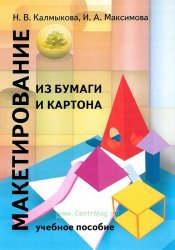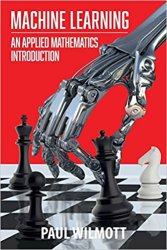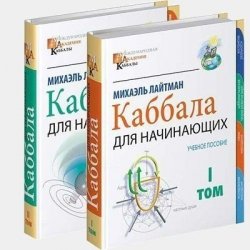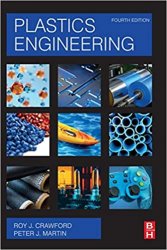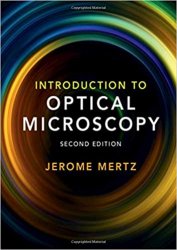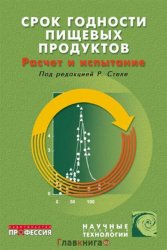- Добавил: Max148
- Дата: 30-03-2020, 08:28
- Комментариев: 0

Название: Межкультурная коммуникация в информационном обществе
Автор: Юлия Таратухина, Любовь Цыганова, Дмитрий Ткаленко
Издательство: Высшая Школа Экономики
Год: 2019
Формат: PDF/EPUB
Страниц: 315
Размер: 10.1 Мб
Язык: русский
В учебном пособии дано системное и комплексное описание истории возникновения межкультурных коммуникаций как академической дисциплины, представлен тщательный анализ западных и незападных теорий межкультурных коммуникаций, уровней и форм коммуникации в информационном обществе. Межкультурная коммуникация показана не только в макрокультурном (цивилизационные, национальные, этнические культуры), но и в микрокультурном (профессиональные, суб- и контркультуры) контексте.

